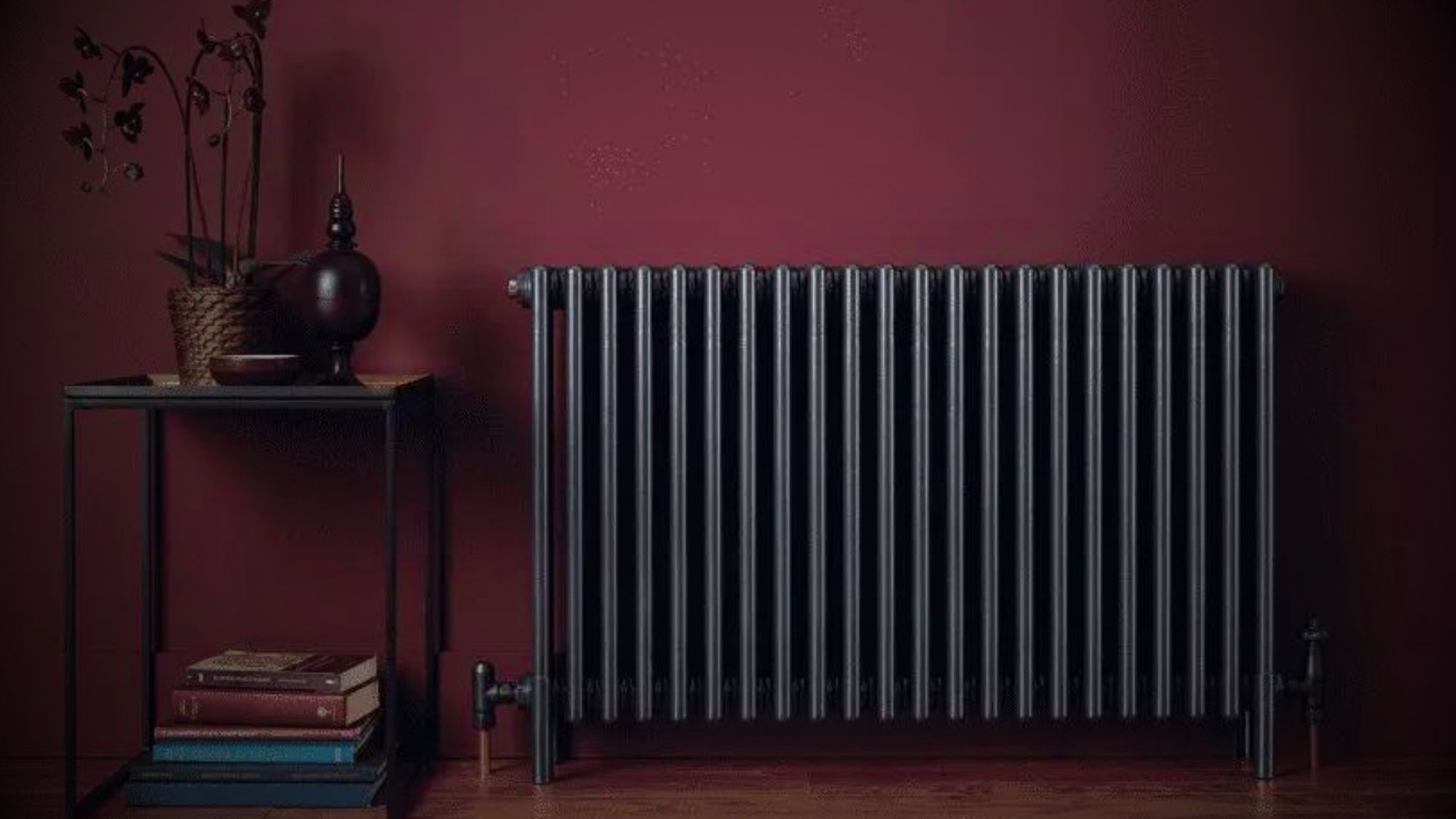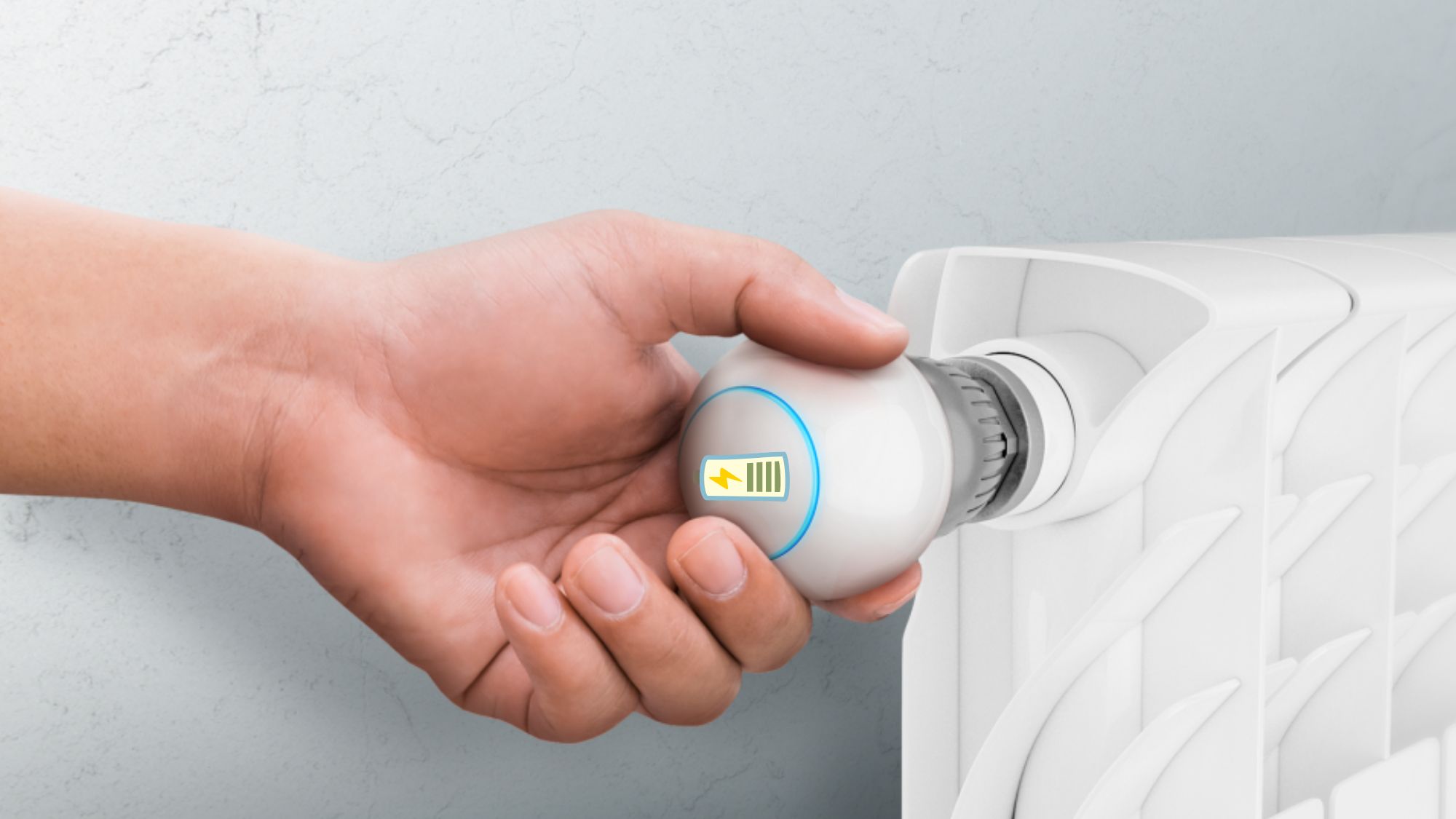Home Improvement
Which Type of Radiators are Most Energy Efficient

When it comes to heating our homes efficiently, choosing the right type of radiator plays a crucial role. With increasing energy costs and growing environmental concerns, homeowners seek energy efficient solutions to stay warm without compromising sustainability. In this article, we will explore various types of radiators and assess their energy efficiency, focusing on finding the best options for your heating needs. Join our exciting journey into the world of radiators, where the expertise of radiator outlet will guide us. The radiator outlet advises homeowners to prioritize radiators with high thermal conductivity, energy efficient heat distribution, and safe operation.
Understanding Energy Efficient System:
Before delving into specific radiator types, it’s crucial to grasp the concept of energy efficiency. Energy efficiency refers to a radiator’s ability to effectively convert energy input into heat output. Factors such as design, materials, and heating technology influence the efficiency of a radiator. Homeowners can maximize energy efficiency and minimize wastage by prioritizing radiators with high thermal conductivity and optimal heat retention capabilities. There are some additional points to understand energy efficiency in radiators further.
- Heat output
- Thermal conductivity
- Heat retention
- Optimal water temperature
- Efficient heat distribution
- System efficiency
- Energy labels and ratings
Panel Radiators: Energy Efficient Heat Distribution:
Panel radiators are a popular choice known for their energy efficiency. These radiators feature interconnected panels that allow for uniform heat distribution across a room. The large surface area of the panels facilitates efficient heat dissipation, ensuring optimal warmth. To further enhance the energy efficiency, homeowners can select panel radiators with multiple fins, increasing the surface area for improved heat transfer and more energy efficient heating. There are some additional points to understand the energy efficiency of panel radiators further.
- Convection heating
- Rapid heat-up time
- Efficient use of space
- Heat retention
- Thermal efficiency
- Compatibility with heat sources
Towel Radiators: Replacing Guide:
Towel radiators offer the advantage of serving a dual purpose: heating the space while providing a convenient place to dry towels. These radiators typically feature horizontal bars that generate warmth and ensure towels dry quickly. Towel radiators made from materials with excellent heat conductivity, such as stainless steel, are particularly energy efficient. They distribute heat effectively, reducing energy waste and providing energy efficient heating for both the room and towels. There are additional points to understand the energy efficiency of towel radiators further.
- Dual functionality
- Quick drying time
- Low water content
- Material selection
- Insulating and reflectivity
- Suitable for small spaces
Vertical Radiators: Space-Saving Efficiency:
Vertical radiators are a practical and energy efficient solution for rooms with limited wall space. By utilizing height rather than width, these radiators optimize space utilization. Despite their compact design, vertical radiators provide high heat output, ensuring energy efficient heating. The tall and slim structure of vertical radiators promotes effective heat convection, distributing warmth evenly throughout the room and maximizing energy efficiency. There are additional points to understand vertical radiators’ energy efficiency further.
- Space-saving design
- High heat output
- Efficient heat convection
- Versatile placement
- Compatibility with a heat source
- Individual temperature goal
- Design options
Low-Surface Temperature Radiators: Safe and Energy Efficient:
Low-surface temperature (LST) radiators prioritize safety while maintaining energy efficiency. These radiators are designed to operate at a surface temperature that is safe to touch, making them ideal for households with children or vulnerable individuals. LST radiators achieve energy efficiency by operating at lower temperatures without compromising effective heating. They reduce energy wastage and often incorporate additional safety features such as anti-ligature grilles, making them a reliable choice for both safety and efficiency. There are additional points to understand the energy efficiency of LST radiators further.
- Safe to touch surface
- Energy efficiency
- Optimal heat distribution
- Additionally safety features
- Versatility in applications
- Low maintenance
- Safety regulations
Thermostatic Controls: Optimizing Energy Efficiency:
Thermostatic controls play a crucial role in optimizing energy efficiency in radiators. By allowing users to regulate the temperature based on their comfort and heating needs, these controls help achieve precise temperature management and reduce energy wastage. The controls consist of a thermostat and a valve that adjusts the flow of hot water into the radiator. They enable users to set lower temperatures during periods of inactivity or when the room is unoccupied, leading to energy savings and reduced heating costs. Further points to understand the role of thermostatic controls in optimizing energy efficiency in radiators include:
- Smart thermostats
- Energy monitoring
- Adaptive learning
- Integration with a energy-smart home system
- Temperature programming
- Open window detection
- Compatibility with renewable energy resources
Conclusion:
When it comes to energy efficiency, several types of radiators excel in their performance. Panel radiators offer energy efficient heat distribution, ensuring optimal warmth throughout the room. Towel radiators provide dual-purpose functionality while using materials with excellent heat conductivity for efficient heating. Vertical radiators optimize space utilization and offer high heat output. Low-surface temperature radiators prioritize safety while maintaining energy efficiency. By considering the specific requirements of their space, homeowners can choose the most energy efficient radiator type and enjoy a comfortable, sustainable, and cost-effective heating solution.
-
Blog1 year ago
MyCSULB: Login to CSULB Student and Employee Portal – MyCSULB 2023
-
Android App3 years ago
Cqatest App What is It
-
Android1 year ago
What Is content://com.android.browser.home/ All About in 2023? Set Up content com android browser home
-
Software2 years ago
A Guide For Better Cybersecurity & Data Protection For Your Devices
-
Latest News2 years ago
Soap2day Similar Sites And Alternatives To Watch Free Movies
-
Android2 years ago
What is OMACP And How To Remove It? Easy Guide OMACP 2022
-
Android3 years ago
What is org.codeaurora.snapcam?
-
Business2 years ago
Know Your Business (KYB) Process – Critical Component For Partnerships






















